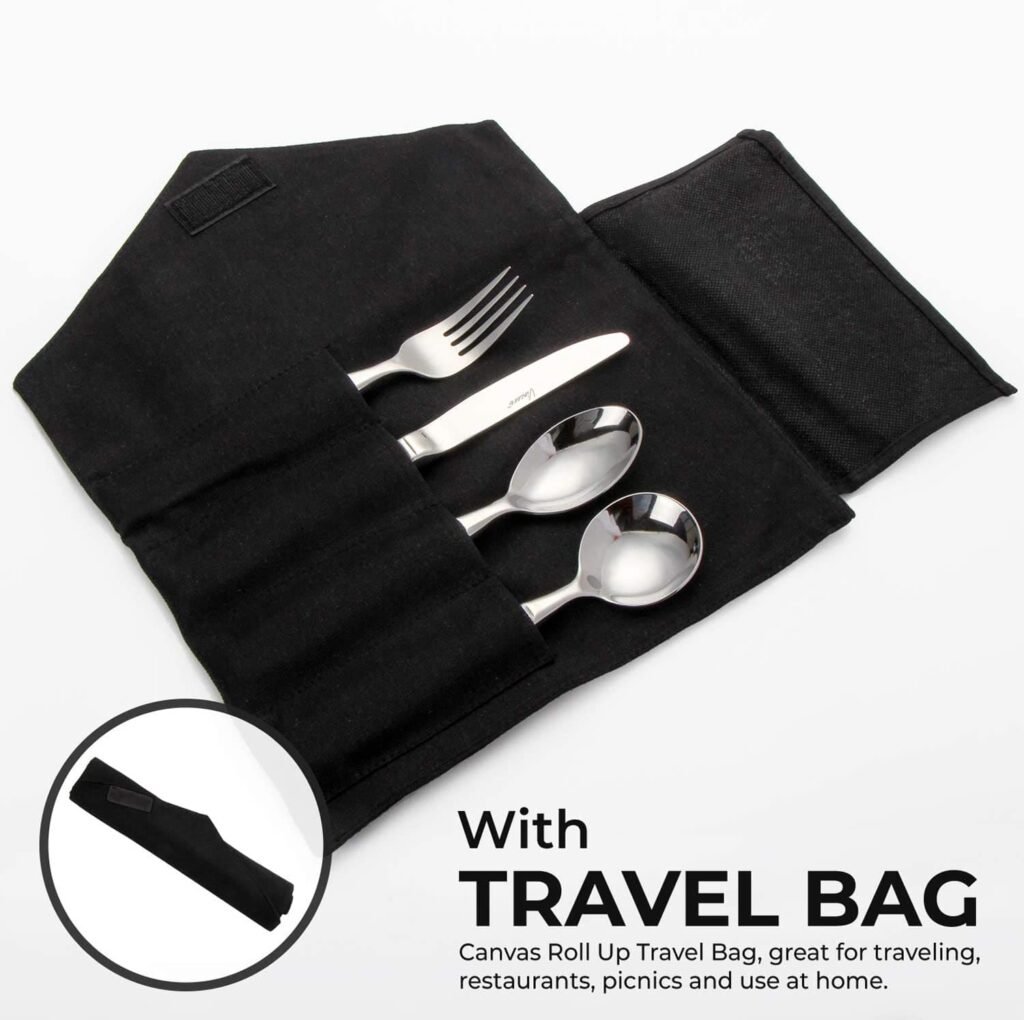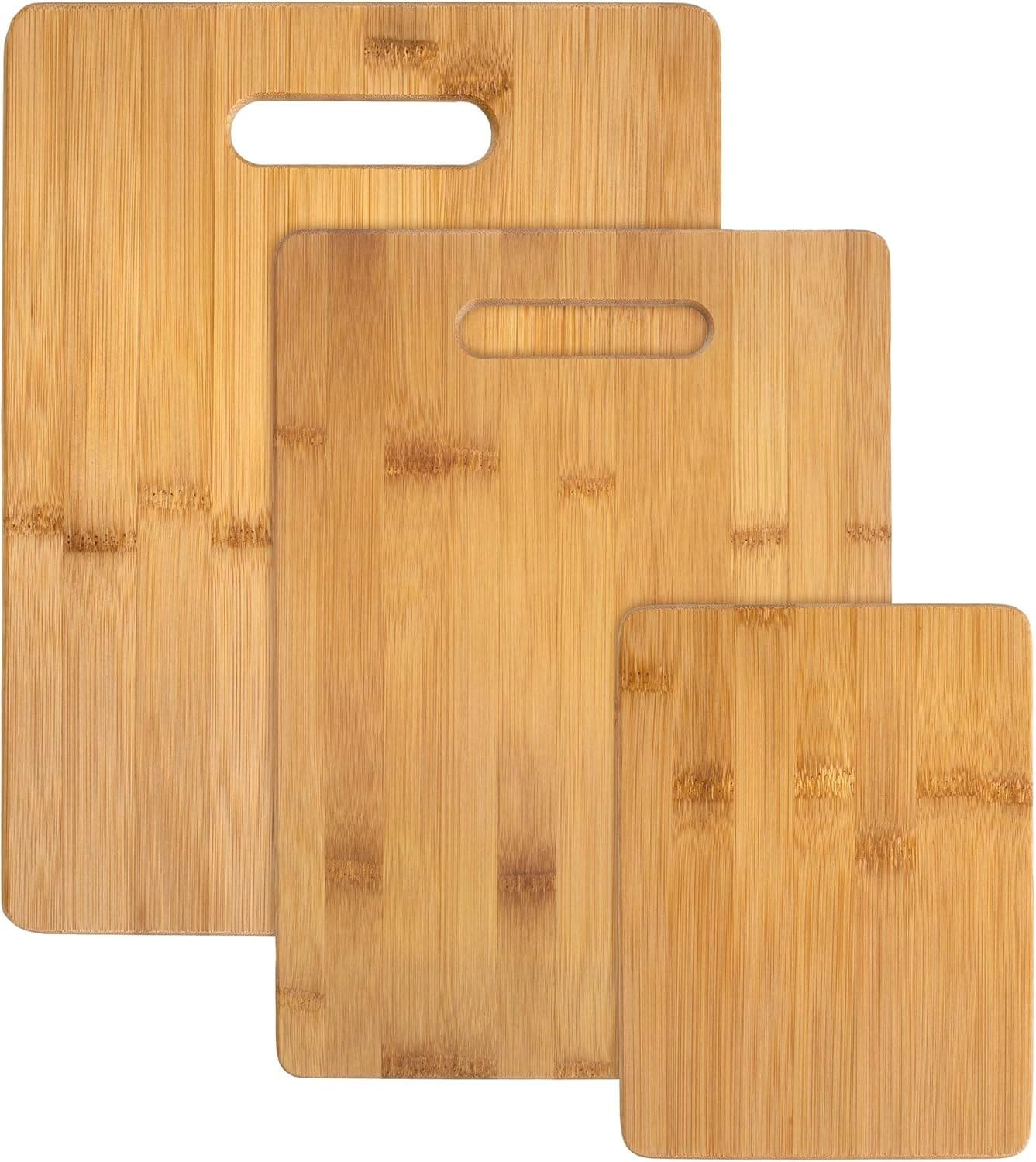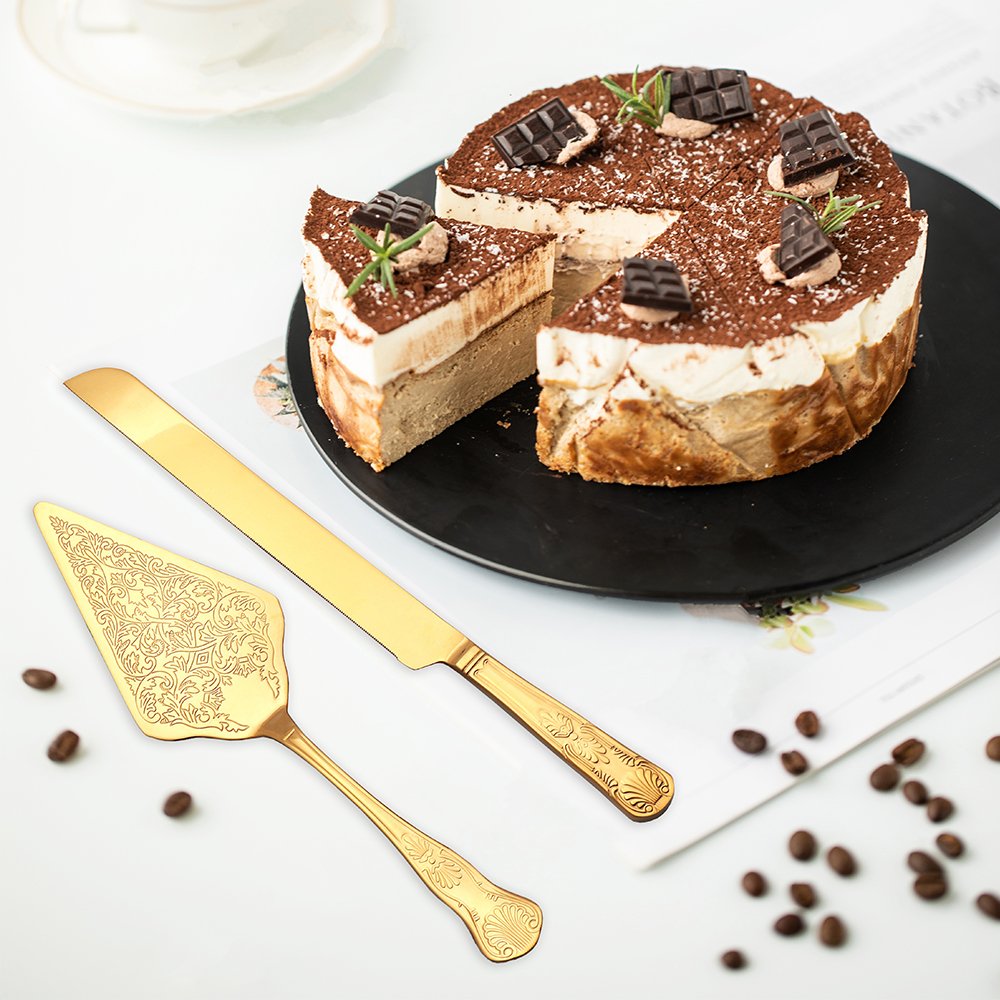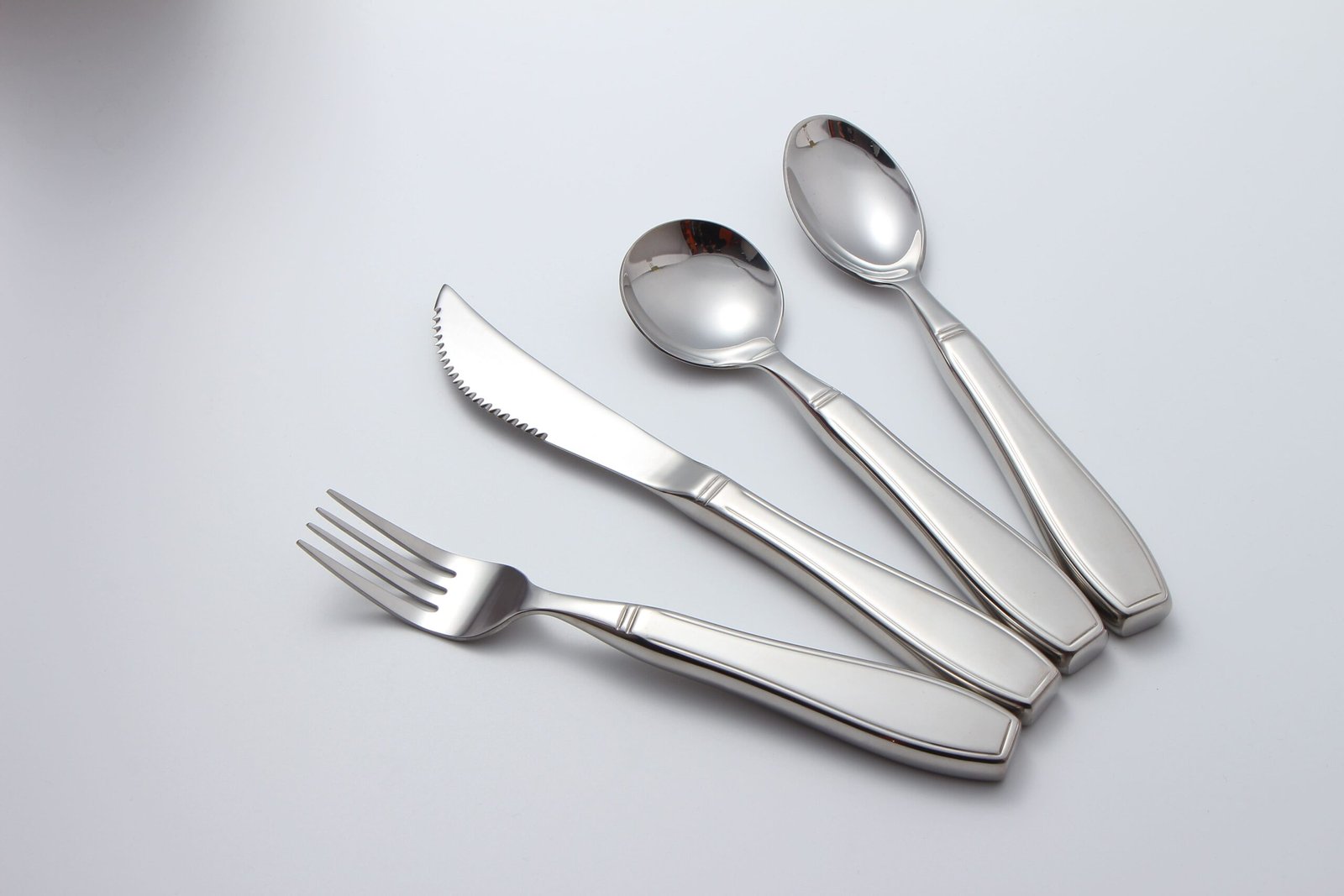Struggling to hold a fork? Adaptive utensils can transform mealtime. Without proper tools, eating becomes frustrating. Let’s explore solutions that restore independence.
Adaptive utensils feature ergonomic grips, angled heads, or added weight to assist people with limited mobility, tremors, or neurological conditions like Parkinson’s. They enable safer, more comfortable self-feeding.
Let’s break down the key types of adaptive utensils, their unique designs, and how they address specific challenges faced by millions worldwide.
Table of Contents
What Are Adaptive Eating Utensils?
Standard utensils aren’t one-size-fits-all. When weakness or tremors strike, adaptive tools bridge the gap.
Adaptive eating utensils have modified handles (weighted, contoured), angled heads, or non-slip surfaces. They reduce strain for those with arthritis, ALS, stroke recovery, or grip challenges.
Core Adaptive Features
| Feature | Purpose | Helps Users With |
|---|---|---|
| Weighted Handles | Stabilizes hand tremors | Parkinson’s, essential tremors |
| Angled Heads | Reduces wrist twisting | Arthritis, limited mobility |
| Contoured Grips | Improves grip and control | Cerebral palsy, weak hand strength |
| Textured Surfaces | Prevents slipping during use | Sweaty palms, prosthetics users |
| Heat Sensitivity | Alerts to unsafe food temperatures | Sensory disorders, reduced sensation |
Case Study: The SAMI Spoon (Self-Angling Modular Instrument) adjusts its bowl angle automatically, requiring 70% less wrist movement for spinal injury patients.

What Utensils Are Autism Friendly?
Textures and sounds overwhelm? Autism-friendly designs prioritize sensory comfort.
Choose utensils with soft silicone grips, neutral colors, and dull edges. Avoid metallic tastes – plastic or bamboo options work best for sensory sensitivities.
Autism-Safe Utensil Checklist
| Aspect | Recommendation | Why It Matters |
|---|---|---|
| Material | – Silicone (odorless, flexible) – Bamboo (natural feel) – Avoid stainless steel (metallic taste) | Reduces sensory discomfort (taste, smell) |
| Design | – Rounded edges (no sharp points) – Monochrome colors (less visual overload) – Unified sets (same texture) | Supports calm, consistent sensory input |
| Sound | – Silent on contact (rubber-coated tips) – No clattering (non-metallic designs) | Minimizes noise triggers and stress |
Brand Spotlight: MaroonSPOON offers FDA-approved silicone sets in muted tones with whisper-quiet performance.
What Utensils Are Best for Hand Tremors?
Spilled soup again? Heavy utensils tame shakes.
Weighted utensils (14-20 oz) with wide, rubberized grips stabilize tremors. Angled designs (45°-90°) minimize spillage by reducing needed wrist movement.
Tremor Management Utensil Guide
| Product | Weight | Grip Style | Special Feature | Best For |
|---|---|---|---|---|
| Liftware Steady | 18 oz | Adjustable | Motion-stabilizing tech | Parkinson’s, hand tremors |
| Good Grips Weighted | 14 oz | Wide foam | Dishwasher safe | Arthritis, mild tremors |
| EazyHold Cuff | N/A | Universal cuff | Works with existing utensils | Cerebral palsy, limited hand mobility |
Science Insight: A 2022 J. Rehab Medicine study found weighted utensils reduced spillage by 65% in essential tremor patients versus standard forks.
What is the Difference Between Eating Utensils and Silverware?
Silverware isn’t just fancy forks. Material defines the difference.
Silverware refers to utensils made of silver (.925 purity). Eating utensils include all tools (plastic, steel, etc.) for consuming food – adaptive versions often use alternative materials.
Material Comparison
| Aspect | Silverware | Adaptive Utensils |
|---|---|---|
| Material | Sterling silver, stainless | Plastic, silicone, tungsten, steel |
| Weight | Heavy (7–10 oz per piece) | Variable (5–20 oz adjustable) |
| Maintenance | Requires regular polishing | Typically dishwasher safe |
| Use Case | Formal dining & gifting | Therapeutic & daily living aids |
Historical Note: Georgian-era silverware weighed up to 1 lb per piece – impractical for modern adaptive needs.

What Spoon Do People With Hand Tremors Use?
The right spoon stops spills before they happen.
A deep, small-bowled spoon (1.5″-wide) with a 45° angle and weighted handle (16-18 oz) works best. Rubberized grips prevent slips during tremors.
Anatomy of a Tremor-Friendly Spoon
| Feature | Specification | Purpose/Impact |
|---|---|---|
| Bowl Depth | 0.5 inch (1.27 cm) | Prevents food from rolling off |
| Bowl Size | Max 1.5 inch (3.8 cm) wide | Fits comfortably in mouth |
| Bowl Material | Plastic | Quieter when dropped, safer for users |
| Handle Weight | Concentrated near bowl | Stabilizes hand tremors |
| Handle Shape | Ergonomic “C” curve | Allows natural, varied grips |
| Handle Length | 6–7 inches (15–18 cm) | Supports different hand sizes & grips |
| Real-World Test | OXO Steady spoon: 78% less spillage (Parkinson’s trial) | Proven functional benefit in clinical use |

What Are Adaptive Utensils for Parkinson’s Patients?
Parkinson’s tremors demand specialized tools. Generic aids often fail.
Three essentials: weighted utensils (18 oz+), non-slate tremor-dampening spoons, and rocker knives. Pair with plate guards and suction bowls for full independence.
Parkinson’s Mealtime Toolkit
| Tremor Stage | Recommended Utensils | Supporting Tools |
|---|---|---|
| Stage 1 (Mild) | Lightweight (10 oz) angled utensils | Silicone-grip plates |
| Stage 2 (Moderate) | Liftware Steady (electronic stabilizer) | Stay-put non-slip mats |
| Stage 3 (Severe) | Chin-cued cups with cutout nose | Two-handed rocker knives |
Emerging Tech: Gyroscopic spoons that detect and counter tremors 100x/sec – currently in FDA trials.
Adaptive utensils restore dignity through science: weighted handles tame tremors, angled heads ease arthritis, and sensory-smart designs empower autism. Prioritize needs over tradition – eating comfort is universal.







